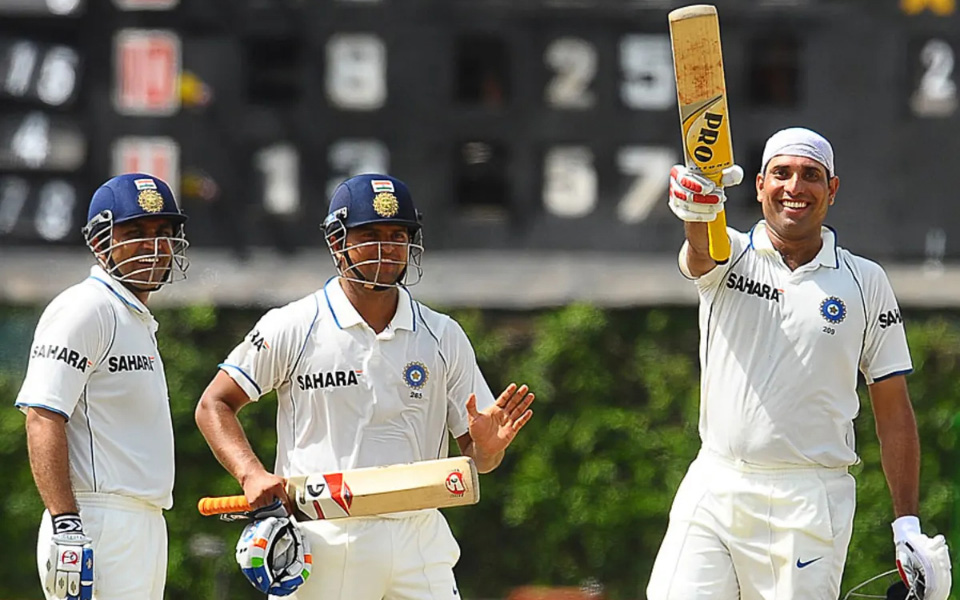Why did ICC ban runner rule in international cricket?
Since 2011, the International Cricket Council (ICC) put a permanent ban on the rule for the batters to be allowed a runner.
3 Min Read


There used to be a time back in the day where injured batters could continue batting, but were allowed to have a runner. This rule was a huge boost to batters who had pulls, stretches, and serious discomfort in running due to various reasons. As a result, it was nothing but a boon to all the cricketers, and has at times, saved a side from securing a game, which might have otherwise born an unfavourable result.
However, since 2011, the International Cricket Council (ICC) put a permanent ban on the rule for the batters to be allowed a runner. This rule, if in existence today, might have been highly beneficial for someone like Rishabh Pant, who had to bat with a fractured toe, but could not take a lot of runs due to obvious reasons. A similar incident occurred during the 2023 World Cup, where Glenn Maxwell batted on one foot through excruciating pain.
Why are batters not allowed a runner anymore?
The ICC, during its Annual General Meeting back in 2011, had made a thorough discussion, post which the body came to a conclusion of doing away with the runner's rule, since it had a lot of irregularities, while the on-field umpires also found it difficult to assess whether the batter at the crease actually required a runner, or abused the regulation for unfair advantage.
"It's been considered by the cricket committee… and there has been a strong feeling that runners were used not in the right spirit. It's quite a difficult one for umpires to determine whether there has been a real injury to batsmen or whether it was a tactical use of runners," the then ICC chief Haroon Lorgat told back in 2011, as quoted by ESPN.
"If a bowler gets injured you can't continue bowling for the rest of the day and the feeling was that it would be better to not allow the use of runners because there has been abuse in the past," Lorgat had further elaborated back in the day.
Injured Pant gets standing ovation after fifty
Conclusion
The governing body had to mull their heads on the rule, as the opposition captains had to be consulted before asking for a runner. This came as a huge barrier in the smooth implementation of allowing a runner when the then England captain Andrew Strauss had refused South Africa batter Graeme Smith a runner despite cramps during the 2009 Champions Trophy encounter. The ICC found this to be a massive hurdle in conduct of cricket in its truest spirit, and hence, batters had to either walk off the field or bat without any assistance on the pitch side.
To conclude, it may be said that ICC actually made the right call, which did not provide any undue benefits to the batters, while bowlers had to be ruled out of the match even with injuries. As a result, keeping the fairness of play as a paramount, the apex cricketing body put an end to the rule, which was once looked at as a general regulation by teams and fans.
Download Our App